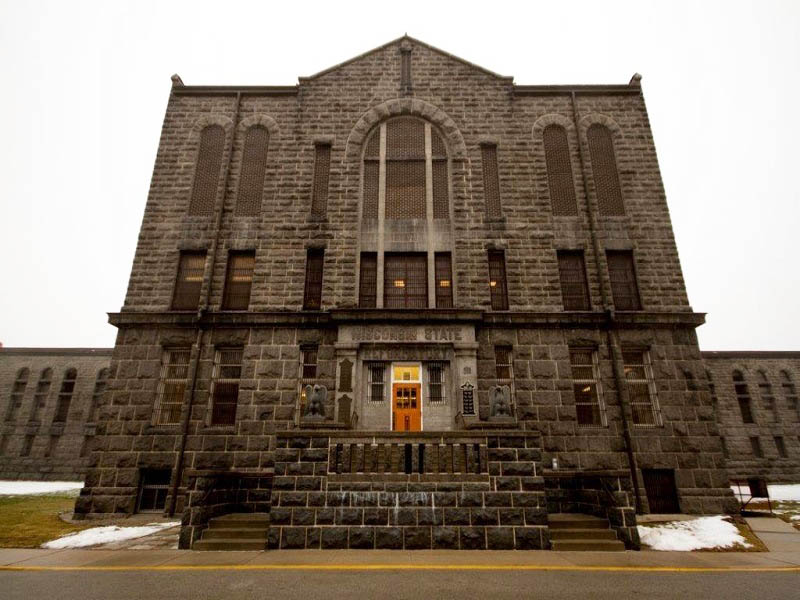Did Act 10 Fuel Prison Staffing Crisis?
Union officer says staff turnover began rising after collective bargaining rights were curtailed.
Myriad factors are fueling staffing shortages within correctional facilities, as Wisconsin Examiner recently reported. These include working conditions faced by many jail and prison staff and mass incarceration, which has far outpaced the hiring of new staff.
Sean Daley, a business agent and member of the American Federation of State, County and Municipal Employees (AFSCME) Council 32, highlights the hit correctional staff took when Wisconsin reduced public employees’ collective bargaining power. “In 2010,” Daley tells Wisconsin Examiner, “when workers enjoyed the freedom to collectively bargain over wages, hours and working conditions, the vacancy rate system-wide was less than 3%. After the workers had their freedom to collectively bargain over wages, hours and working conditions removed by partisan legislation, that number has exponentially increased each year to its current vacancy rate of somewhere just under 30% system-wide, last time I checked.”
“Restoration of worker voices through the freedom to collectively bargain is what hasn’t been tried since the trend began,” he says. “The current governor did put collective bargaining into his first budget which was removed on partisan lines. Perhaps politics is more important to some than meaningfully attempting to fix an overbearing problem.”
Some have also pointed to the very design and age of many prisons in the state as a contributing factor. In Wisconsin, some of the oldest prisons are also some of the largest, and can be inefficiently designed. Daley, however, isn’t so sure that’s a big part of the problem. The prisons in Waupun and Green Bay are both large, old facilities, he points out, but, he says, “they’re not necessarily unique in being significantly short-staffed.”
“They are known to house extremely violent and dangerous offenders and I think it can be argued that the level of security plays into their difficulty to manage more so than the physicality of the facility,” he says, adding that a correctional facility in Portage, a newer institution compared to Waupun or Green Bay, has struggles with staffing.
The issues contributing to the waves of staff vacancy across prisons and jails nationwide run even deeper. “Bully front supervisors and nepotism also play into the gaping vacancy rates,” says Daley. “It’s a tough enough job as it is,” he adds. “Add in that a lot of the supervisors think they’re ‘top-cops’ and spend their time tirelessly harassing staff with weak investigations and it just adds to the vacancy rates.”
Where collective bargaining and politics fit into prison staff shortages was originally published by the Wisconsin Examiner.























It is nice to pretend their is another reason for the Prison Staffing shortage other than collective bargaining.